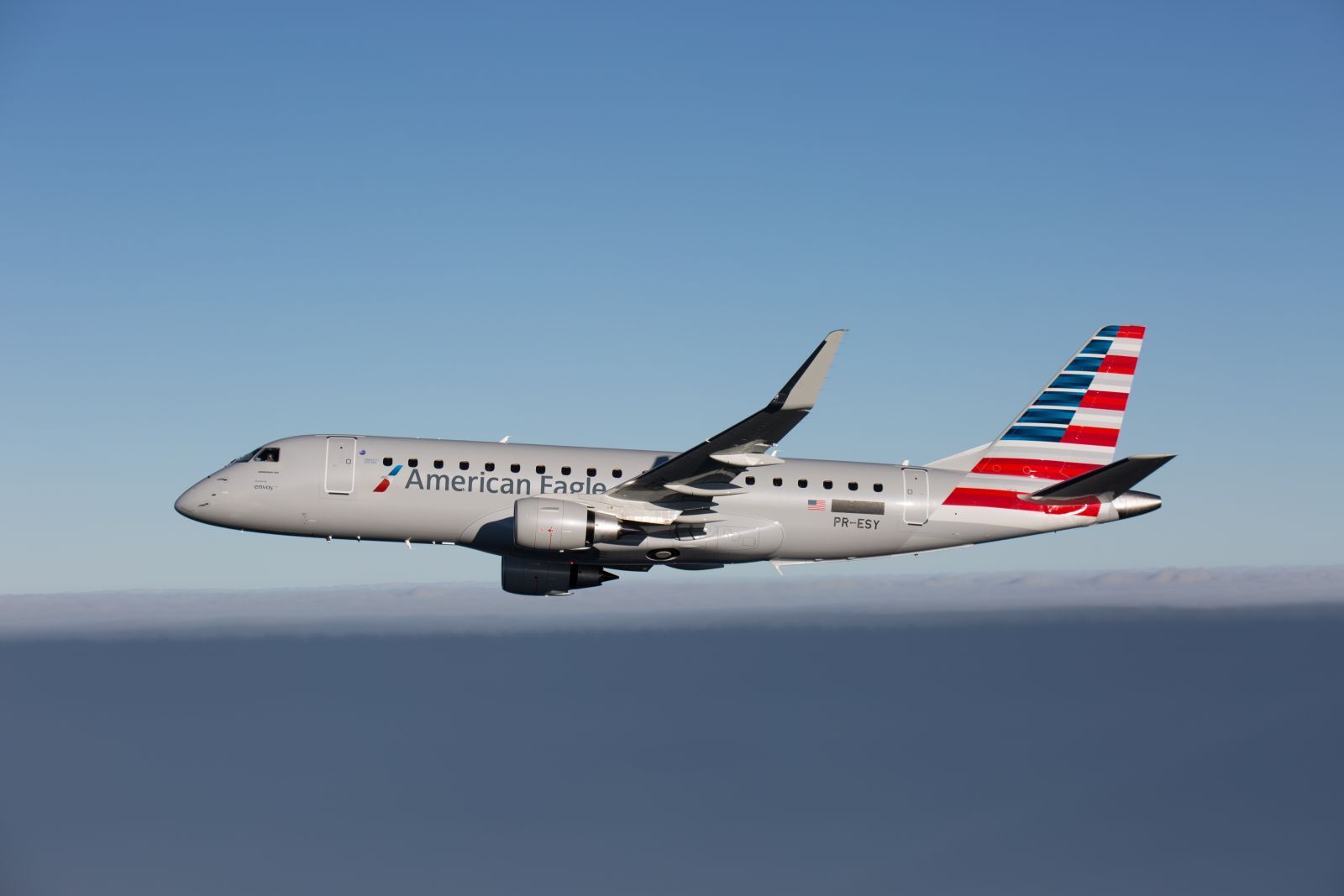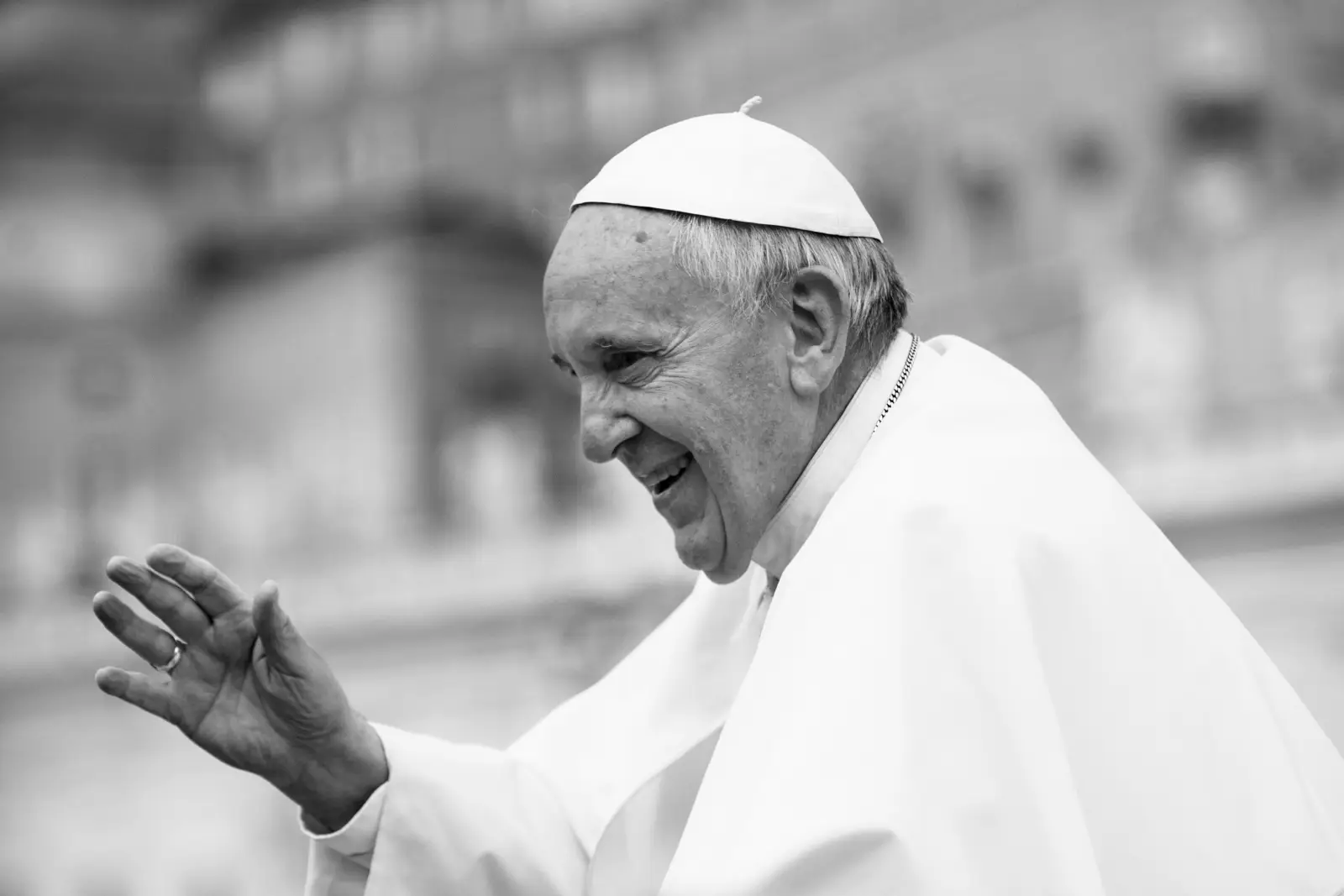Hawai‘i Tourism Authority announced a good start to 2020 with increases both in visitor spending and total arrivals.
According to HTA’s preliminary statistics, visitors to the Hawaiian Islands spent $1.71 billion in January 2020, an increase of 5.0 percent compared to January 2019. Visitor spending includes lodging, interisland airfare, shopping, food, car rental, and other expenses while in Hawaii.
Tourism dollars from the Transient Accommodations Tax (TAT) helped to fund a number of community events statewide during January, such as the Japanese Cultural Center of Hawaii’s New Year’s Ohana Festival, and sporting events like the Polynesian Bowl and the Hula Bowl.
In January, visitor spending increased from U.S. West (+11.2% to $621.7 million), U.S. East (+9.6% to $507.4 million) and Japan (+7.1% to $184.4 million), but declined from Canada (-4.3% to $160.4 million) and All Other International Markets (-12.2% to $234.2 million) compared to a year ago.
On a statewide level, average daily spending by visitors in January rose to $205 per person (+2.9%). Visitors from U.S. East (+3.4% to $225), U.S. West (+3.3% to $186), Canada (+2.3% to $176), Japan (+0.8% to $240) and All Other International Markets (+2.8% to $226) spent more compared to January 2019.
A total of 862,574 visitors came to Hawaii in January, an increase of 5.1 percent compared to a year ago. Total visitor days rose 2.0 percent. The average daily census of total visitors in the Hawaiian Islands on any given day in January was 269,421, up 2.0 percent.
Visitor arrivals by air service increased in January to 852,037 (+5.3%), with growth from U.S. West (+10.9%), U.S. East (+9.8%) and Japan (+6.9%) offsetting decreases from Canada (-4.9%) and All Other International Markets (-12.1%). Arrivals by cruise ships declined 8.6 percent to 10,538 visitors.
In January, Oahu recorded decreased visitor spending (-1.4% to $701.6 million) as visitor arrivals grew (+4.2% to 512,621), but daily spending was lower (-2.3%). Visitor spending on Maui increased (+7.7% to $510.7 million), boosted by growth in visitor arrivals (+3.6% to 242,472) and higher daily spending (+6.3%). The island of Hawaii reported increases in visitor spending (+14.1% to $290.5 million), visitor arrivals (+9.4% to 163,530) and daily spending (+5.6%). Kauai also saw positive growth in visitor spending (+8.7% to $191.3 million), visitor arrivals (+7.3% to 113,847) and daily spending (+8.9%) compared to a year ago.
A total of 1,202,300 trans-Pacific air seats serviced the Hawaiian Islands in January, an increase of 6.0 percent from January 2019. Growth in air seat capacity from U.S. East (+29.4%), U.S. West (+7.7%) and Japan (+1.2%) offset fewer air seats from Other Asia (-13.0%), Canada (-9.0%) and Oceania (-6.6%).
Regional Highlights:
U.S. West: In January, visitor arrivals increased from both the Mountain (+14.6%) and Pacific (+9.8%) regions compared to a year ago, with more visitors from Arizona (+27.0%), Nevada (+17.5%), California (+13.8%), Utah (+12.1%), Alaska (+11.9%), Colorado (+6.1%) and Washington (+2.5%). Daily visitor spending increased to $186 per person (+3.3%). Lodging and shopping expenses were higher, while food and beverage, transportation, and entertainment and recreation expenses were about the same as January 2019. There was growth in hotel (+15.3%), timeshare (+9.2%) and condominium (+5.9%) stays, as well as increased stays in bed and breakfast properties (+24.5%), in rental homes (+6.5%) and with friends and relatives (+12.3%) compared to a year ago.
U.S. East: Visitor arrivals were up from every region in January, highlighted by growth from the two largest regions, East North Central (+11.2%) and South Atlantic (+7.9%). Daily visitor spending of $225 per person (+3.4%) was up compared to January 2019. Lodging and transportation expenses increased, while food and beverage expenses were slightly lower. Shopping, as well as entertainment and recreation expenses, were similar to a year ago. Visitor stays increased in condominiums (+14.3%), hotels (+12.4%) bed and breakfast properties (+16.3%), rental homes (+3.9%) and with friends and relatives (+6.8%) compared to a year ago.
Japan: Visitors spent slightly more daily (+0.8% to $240 per person) in January compared to the previous year. Lodging, food and beverage, transportation, and entertainment and recreation expenses increased, while spending on shopping declined. More visitors stayed in timeshares (+24.2%), hotels (+7.1%) and condominiums (+5.5%) compared to January 2019. Visitors staying in rental homes continued to be a small segment, but this number rose to 865 compared to 542 visitors a year ago.
Canada: Daily visitor spending rose to $176 per person (+2.3%) in January. Food and beverage, transportation, entertainment and recreation, and shopping expenses increased, while lodging expenses were similar to January 2019. Visitor stays increased in bed and breakfast properties (+18.8%) and hotels (+1.1%), but declined in rental homes (-14.1%), timeshares (-11.1%) and condominiums (-3.5%).
Highlights from All Other International Markets
Australia: Visitor arrivals declined (-7.4% to 24,559) in January compared to the same month a year ago. Daily visitor spending was lower (-2.0% to $267 per person). Lodging expenses declined, while food and beverage, and shopping expenses increased.
New Zealand: Visitor arrivals increased (+3.8% to 5,038) in January year-over-year.• China: There were 2,227 fewer visitors in January compared to a year ago (-20.3% to 8,729). Daily visitor spending was lower (-1.5% to $297 per person) as a result of decreased lodging, food and beverage, and entertainment and recreation expenses.
Korea: Visitor arrivals were down (-23.4% to 21,371) in January compared to a year ago. Daily visitor spending increased (+3.2% to $259 per person). Visitors spent more on lodging, food and beverage, and entertainment and recreation, but slightly less on shopping.
Taiwan: Visitor arrivals increased (+3.9% to 1,932) in January versus the same month a year ago.
Europe: Visitor arrivals from the United Kingdom, France, Germany, Italy and Switzerland declined (-1.3% to 7,956) in January.
Latin America: Visitor arrivals from Mexico, Brazil and Argentina decreased (-5.5% to 2,402) in January.
Island Highlights:
O‘ahu: Visitor spending decreased 1.4 percent to $701.6 million in January year-over-year. Arrivals increased 4.2 percent to 512,621 visitors, but a shorter length of stay (-3.1% to 7.20 days) led to only a slight growth in visitor days (+0.9%). Daily visitor spending (-2.3% to $190 per person) was lower compared to January 2019. There were more visitors from U.S. East (+13.3%), U.S. West (+13.1%), Japan (+3.8%) and Canada (+0.9%). The average daily census rose slightly by 0.9 percent to 118,993 visitors in January.
Maui: In January, visitor spending rose 7.7 percent to $510.7 million. There were increases in visitor arrivals (+3.6% to 242,472), visitor days (+1.3%) and daily visitor spending (+6.3% to $233 per person) compared to January 2019. There were more visitors from U.S. West (+9.3%) and U.S. East (+7.9%), which offset fewer visitors from Japan (-10.6%) and Canada (-6.7%). The average daily census grew 1.3 percent to 70,806 visitors.
Island of Hawai‘i: In January, visitor spending increased 14.1 percent to $290.5 million, boosted by growth in visitor arrivals (+9.4% to 163,530), visitor days (+8.1%) and higher daily visitor spending (+5.6% to $202 per person). Visitor arrivals increased from the four largest markets, Japan (+37.4%), U.S. West (+14.8%), U.S. East (+14.5%) and Canada (+1.8%). The average daily census rose 8.1 percent to 46,375 visitors.
Kaua‘i: In January, visitor spending rose 8.7 percent to $191.3 million, boosted by higher daily spending (+8.9% to $208 per person). Arrivals increased 7.3 percent to 113,847 visitors. However, a shorter length of stay (-6.9% to 8.09 days) resulted in no growth in visitor days (-0.2%). There were more visitors from U.S. West (+13.7%) and U.S. East (+5.9%), but fewer visitors from Japan (-31.8%) and Canada (-6.7%) compared to January 2019. The average daily census was 29,728 visitors (-0.2%).
Air Seats to Hawai‘i:
In January, total trans-Pacific air seat capacity to the Hawaiian Islands increased 6.0 percent to 1,202,300 seats, with growth in scheduled air seats (+5.9% to 1,194,820) and charter seats (+29.1% to 7,480). Air seat capacity serving Kahului (+15.1%), Honolulu (+4.8%) and Kona (+3.7%) increased, while fewer air seats served Līhu‘e (-4.7%) compared to January 2019. Seat capacity to Hilo was unchanged from a year ago.In January, total trans-Pacific air seat capacity to the Hawaiian Islands increased 6.0 percent to 1,202,300 seats, with growth in scheduled air seats (+5.9% to 1,194,820) and charter seats (+29.1% to 7,480). Air seat capacity serving Kahului (+15.1%), Honolulu (+4.8%) and Kona (+3.7%) increased, while fewer air seats served Līhu‘e (-4.7%) compared to January 2019. Seat capacity to Hilo was unchanged from a year ago.
Scheduled air seats from the U.S. West grew 7.7 percent in January year-over-year. Increased service from Oakland (+73.5%), Sacramento (+53.3%), San Jose (+50.3%), Las Vegas (+12.1%), Denver (+8.3%), San Francisco (+7.2%) and Seattle (+6.9%) offset discontinued service from Bellingham (-3,657 seats), and reduced service from San Diego (-7.1%), Phoenix (-5.3%), Portland (-5.0%) and Los Angeles (-2.0%).
Scheduled air seats from the U.S. East were up 29.4 percent in January compared to a year ago. The addition of service from Boston (+5,838 seats, started April 2019), seasonal service from Detroit (+1,172 seats) and increased service from Dallas (+45.4%) and Chicago (+41.9%), offset reduced service from Washington, D.C. (-11.1%), Atlanta (-6.0%) and Minneapolis (-4.3%).
Scheduled air seats from Japan rose 1.2 percent in January. Seats from Narita were up 16.0 percent with the launch of A380 service (started May 2019). Seats from Sapporo (+7.7%) also increased. There were fewer seats from Osaka (-22.8%) as a low-cost carrier ended service and another international carrier reduced service in May 2019. Seats from Fukuoka (-12.9%) also declined.
Scheduled air seats from Canada decreased 9.0 percent in January compared to a year ago. Suspended seasonal service from Edmonton (-2,358 seats), and reduced service from Calgary (-22.3%) and Vancouver (-7.3%), offset added seasonal service from Toronto (+425.3%).
Scheduled air seats from Oceania dropped 6.6 percent in January, with reduced service from Auckland, New Zealand (-4.9%). From the Australia market, there were fewer seats from Brisbane (-13.3%) and Sydney (-9.0%), while seats from Melbourne increased (+7.7%) compared to January 2019.
Scheduled air seats from Other Asia decreased 13.0 percent in January. From the China market, there was a loss of seats from Beijing (-3,081) as an international carrier ended nonstop flights in late August 2019, while seat capacity from Shanghai was unchanged. Seats from Seoul, Korea also declined (-8.4%) as a low cost carrier suspended service beginning September 2019. Seat capacity from Taipei, Taiwan was unchanged from a year ago.
Cruise Ship Visitors:
In January, nine out-of-state cruise ships brought 10,538 visitors to Hawai‘i. Several of those ships were smaller in capacity than the seven cruise ships that carried 11,523 visitors in January 2019.
Total cruise visitors (arrivals by cruise ships and by air to board cruise ships) decreased 4.7 percent to 19,892 visitors in January.













